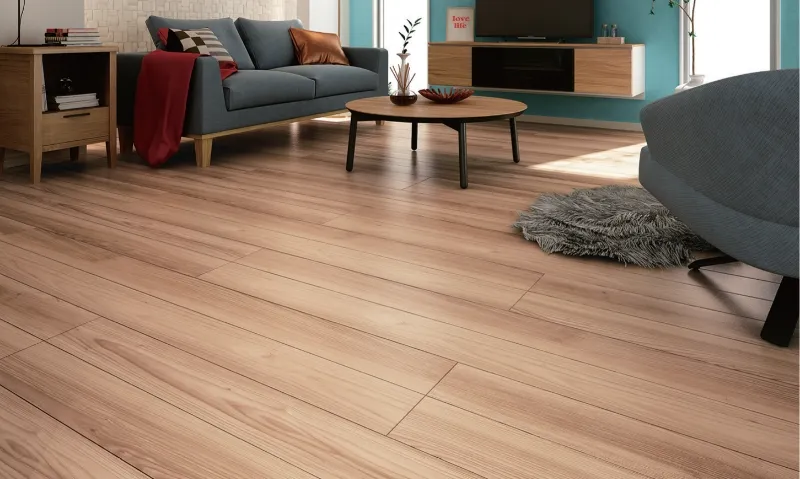Discover real experiences with false flooring in Dubai. Learn the do’s and don’ts through personal stories that highlight common issues and smart solutions when choosing false flooring Dubai.
Introduction: A Journey into the World of False Flooring in Dubai
Dubai's skyline may be filled with glamour, but when it comes to interior design and office infrastructure, practicality is just as essential. One such solution that has become increasingly popular is false flooring in Dubai. But while the idea sounds appealing, what happens when real-life implementation doesn’t meet expectations?
This post walks you through a personal story—my own experience—with false flooring Dubai, aiming to shed light on the real challenges, lessons learned, and ultimately, what you need to know before taking the plunge.
The Beginning: Why I Chose False Flooring in Dubai
When I started planning the interior of my new office in Business Bay, one of the biggest decisions I had to make was regarding the flooring. As the business involved a lot of cabling, data points, and frequent upgrades to tech infrastructure, the contractor recommended going with false flooring in Dubai.
It seemed like the ideal choice—easy cable management, sleek aesthetics, and long-term convenience. Without much research, I trusted the supplier and proceeded with installation. That was the first mistake.
The Installation: A Smooth Start That Didn’t Last
Initially, everything appeared perfect. The tiles were neatly arranged, and the finish gave the space a modern, minimal look. However, within three months, I started noticing some subtle yet concerning issues.
For instance, some of the tiles began to shift slightly. It wasn't obvious at first, but it created a noticeable sound whenever someone walked over specific sections. In a client-facing environment, that was not just irritating—it was unprofessional.
Upon contacting the supplier, I was told it was a “normal settling process.” I accepted the explanation and moved on, but things only got worse.
The Problems Begin: Unexpected Realities of false flooring Dubai
Several months into use, it became clear that corners had been cut during installation. Here are a few key issues I faced:
1. Unstable Flooring
The panels weren’t fixed evenly. Over time, weight distribution caused some of them to become unstable. This was particularly hazardous in high-traffic areas like the conference room.
2. Moisture Problems
Due to Dubai's humidity and occasional indoor water spills, moisture crept into the lower layers. The supplier hadn’t used moisture-resistant materials, leading to swelling in some panels. This resulted in bumps and lifted corners—both unsightly and dangerous.
3. Difficult Maintenance
One major selling point of false flooring Dubai is easy access to cables. But in practice, lifting panels was cumbersome. Many tiles were poorly aligned, making them hard to remove without tools or damaging adjacent tiles.
The Turning Point: Seeking Professional Help
After about nine months of recurring issues and rising frustration, I decided to get a second opinion. A certified flooring consultant reviewed the setup and gave me a brutally honest assessment: the substructure was weak, the tile material sub-par, and there was no proper ventilation underneath.
It was clear—I had to redo the entire system.
This time, I took a very different approach. I researched reputable companies that specialized in false flooring in Dubai, checked online reviews, and asked for referrals.
What I Learned: Key Lessons About False Flooring in Dubai
Here are the most important takeaways from my experience:
1. Never Compromise on Quality
Cheaper options might save you money upfront, but the long-term cost—both financially and operationally—can be significant. Opt for materials with moisture resistance and high durability, especially considering Dubai’s climate.
2. Choose the Right Supplier
Don’t just go with whoever is offering a discount. Ensure the supplier has a solid track record with false flooring in Dubai. Ask for site visits, view past projects, and check if they offer warranties.
3. Verify the Installation Process
A proper support grid and leveling system are essential for long-term performance. Insist on professional installation with a written process plan.
4. Prioritize Ventilation
Lack of airflow under false flooring can lead to mold and unpleasant odors. Make sure your system allows for adequate air circulation.
The Second Installation: A Better Experience
With lessons learned, I went ahead with a premium supplier who specialized exclusively in false flooring Dubai. They used high-pressure laminate panels, an aluminum under-structure, and incorporated vents for airflow.
The installation took longer but was handled with precision. Now, even after two years, the system works flawlessly. Cables are accessible, panels are solid, and the space feels premium.
Conclusion: Think Long-Term When Choosing False Flooring in Dubai
In summary, false flooring can be a game-changer if done right. My initial experience was filled with frustration, wasted money, and risk—but it taught me the importance of quality, research, and proper planning.
If you’re considering false flooring in Dubai, take your time. Evaluate materials, talk to experts, and don’t fall for budget shortcuts. When properly executed, false flooring not only enhances your space but also adds long-term value.
Final Thoughts: Making the Right Choice Today
Today, with rising demand for flexible office spaces and smart interiors, false flooring Dubai remains a strong contender. However, your experience will ultimately depend on the decisions you make at the beginning.
Invest in quality. Work with experts. And most importantly, learn from real stories like mine—so you don’t have to repeat the same mistakes.



